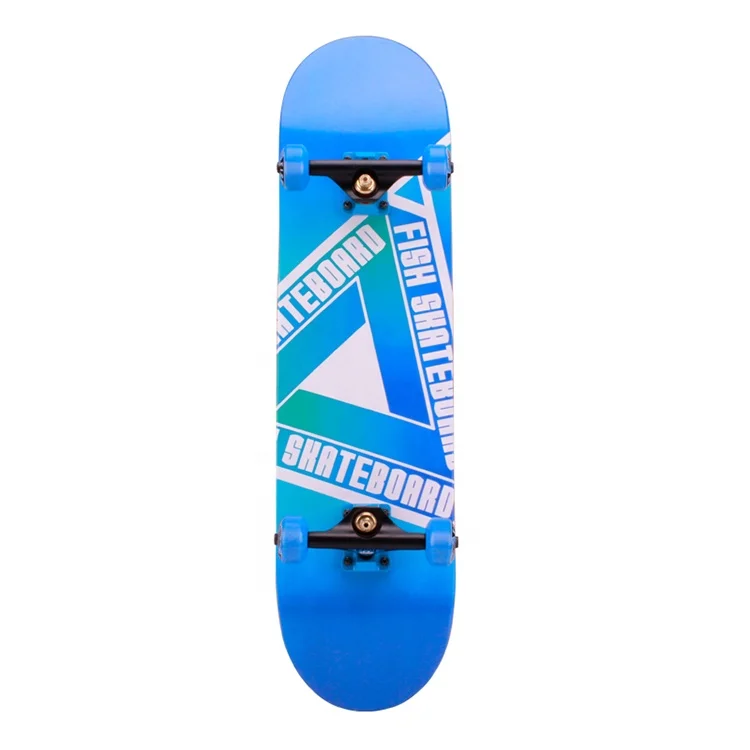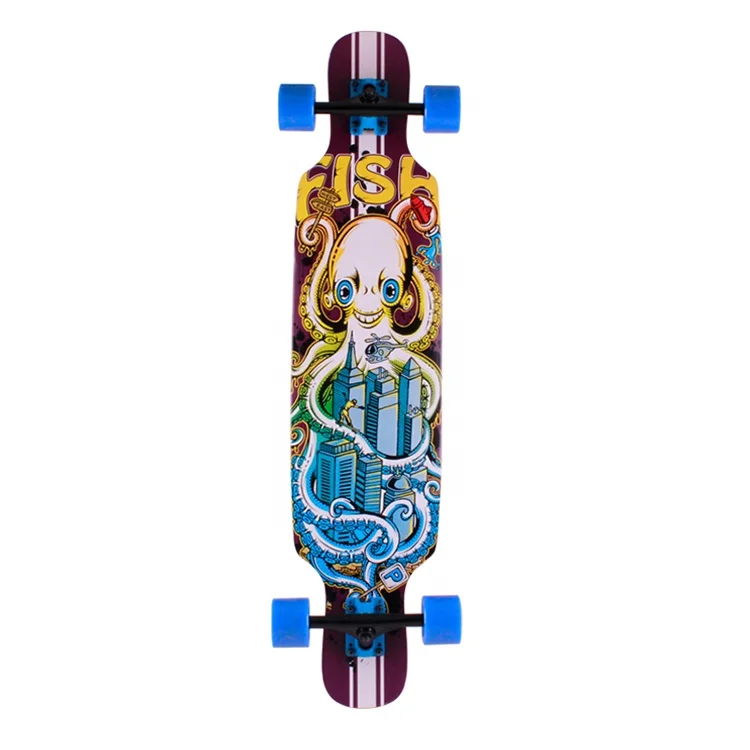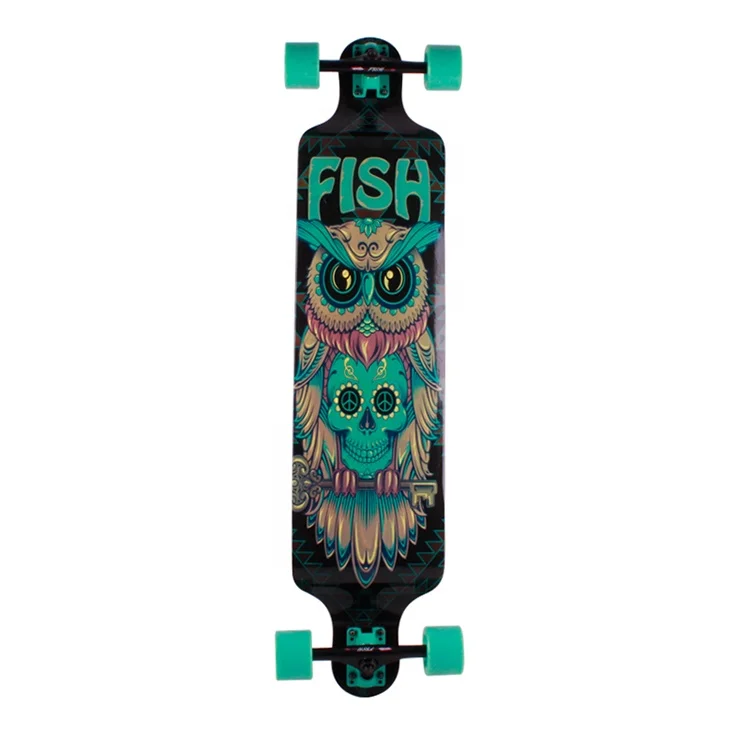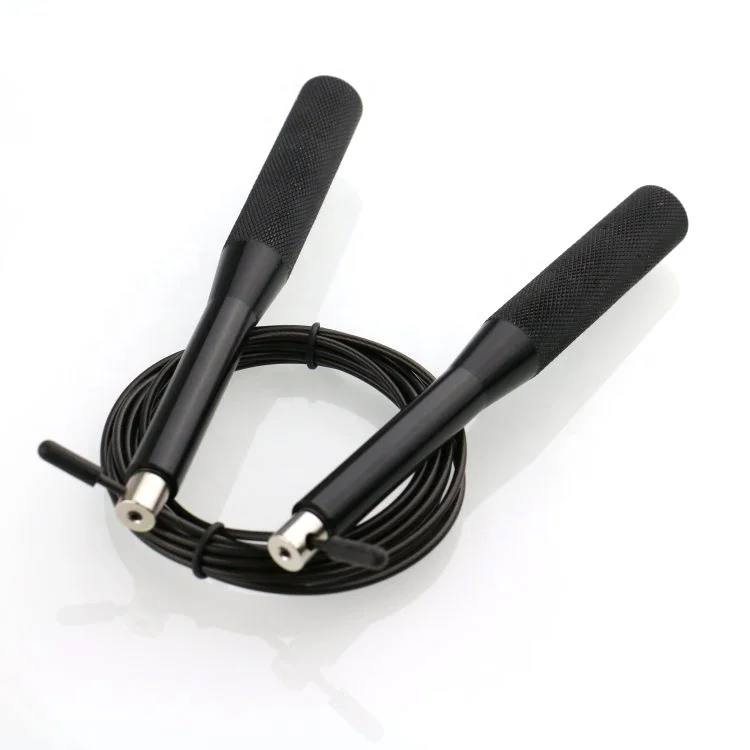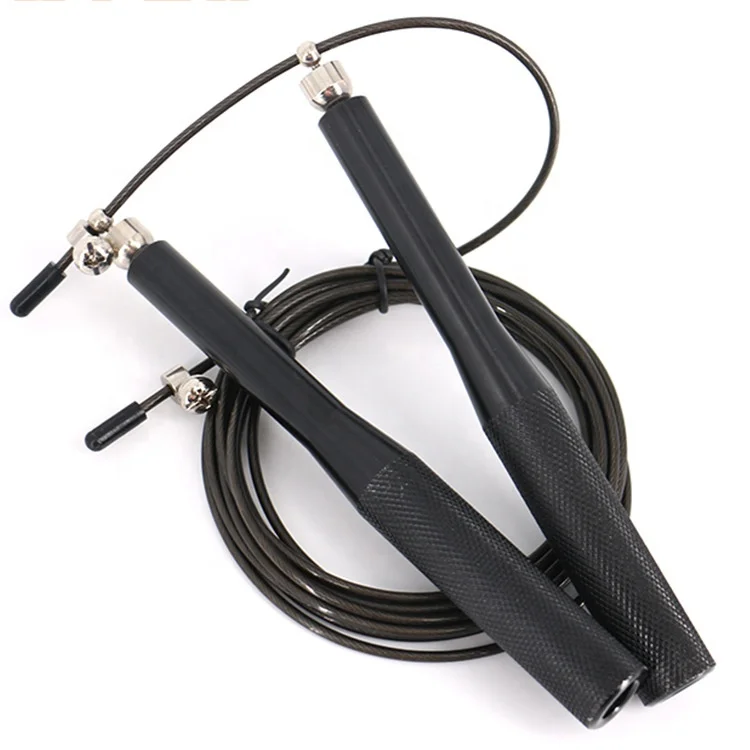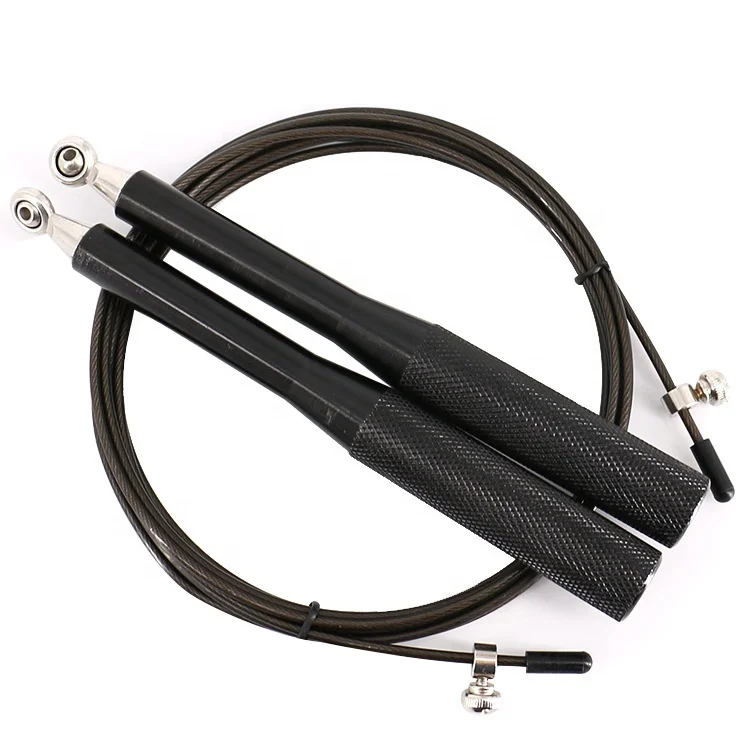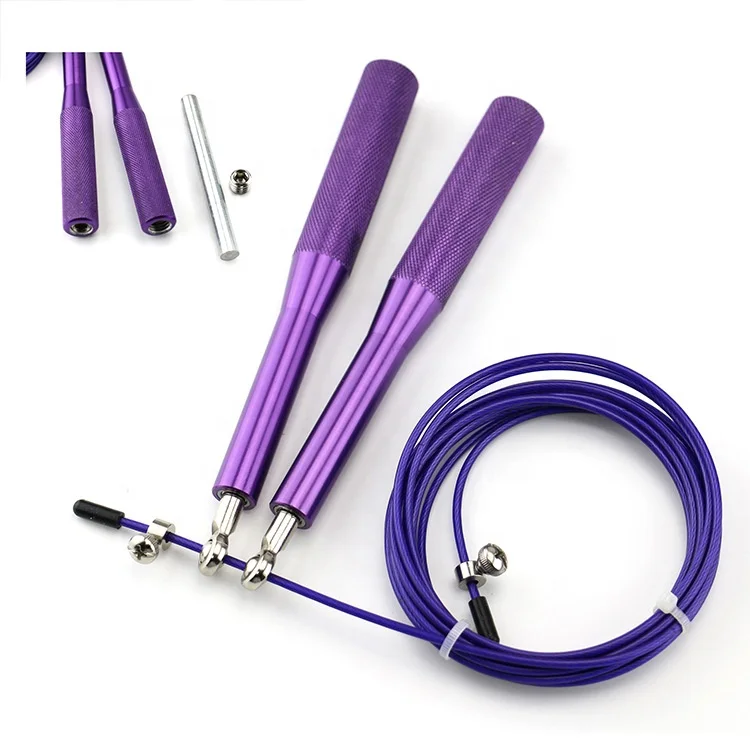Rod End Bearings: Types, Functions, and Buying Guide for 2025
Rod end bearings are essential components in power transmission systems, offering flexibility and durability in various industrial applications. Whether you're sourcing from China or elsewhere, understanding their features and selection criteria is crucial for optimal performance.
How to Find Reliable Rod End Bearings from China in 2025
China remains a top manufacturing hub for rod end bearings, but finding trustworthy suppliers requires due diligence. Look for manufacturers with ISO 9001 certification and a proven track record in exporting to your region. Platforms like Alibaba can help you compare multiple suppliers, but always request samples before bulk orders.
What Buyers Should Know Before Buying Rod End Bearings from China
Before purchasing, verify material specifications (typically carbon steel or stainless steel), load capacity, and corrosion resistance. Ensure the supplier provides detailed product documentation, including test reports and warranty information. Payment terms (30% deposit is common) and lead times (usually 15-30 days) should also be clarified upfront.
Types of Rod End Bearings
Common types include:
- Male Rod Ends: Feature external threads for direct mounting
- Female Rod Ends: Have internal threads for bolt attachment
- Heavy-Duty Rod Ends: Designed for high-load applications
- Self-Lubricating Rod Ends: Reduce maintenance needs
Functions and features of Rod End Bearings
These bearings provide:
- Angular movement up to 180°
- Shock absorption in dynamic systems
- Corrosion resistance (with proper material selection)
- Load capacities ranging from 500N to 50,000N
Scenarios of Rod End Bearings
Typical applications include:
- Hydraulic cylinder linkages
- Steering systems in automotive and marine industries
- Industrial robotics
- Construction equipment joints
- Aircraft control systems
How to Choose Rod End Bearings
Consider these factors:
- Load requirements (static and dynamic)
- Operating environment (temperature, chemicals)
- Required movement range
- Maintenance frequency
- Industry standards compliance
Rod End Bearings Q & A
Q: What's the typical lifespan of rod end bearings?
A: With proper maintenance, quality bearings last 2-5 years in industrial applications.
Q: How do I know when to replace them?
A: Look for increased play, unusual noise, or visible wear on the bearing surface.
Q: Are Chinese manufacturers reliable for precision bearings?
A: Many are, especially those supplying to European and North American OEMs. Always verify certifications.
Q: What lubrication is best?
A: Lithium-based greases work for most applications, but consult manufacturer specifications.
Q: Can rod end bearings handle radial and axial loads?
A: Yes, quality bearings are designed for combined loading scenarios.














